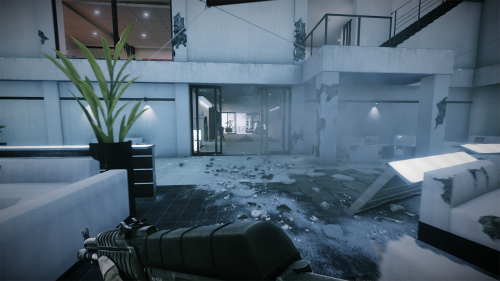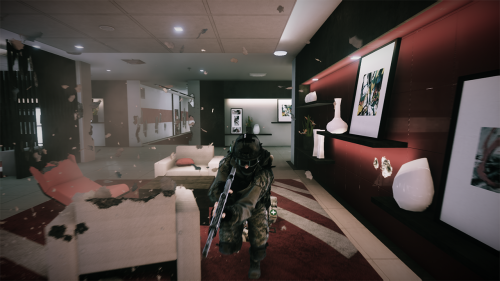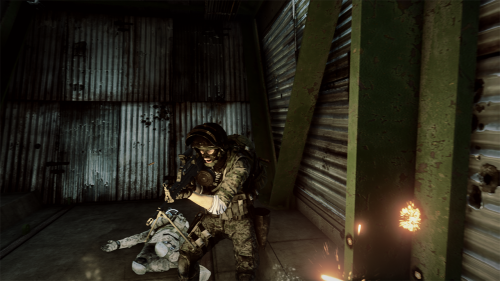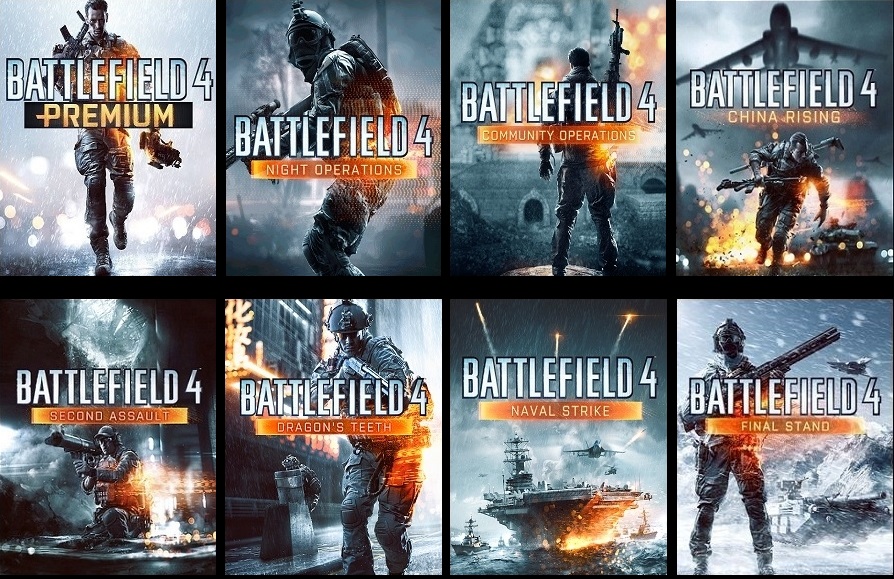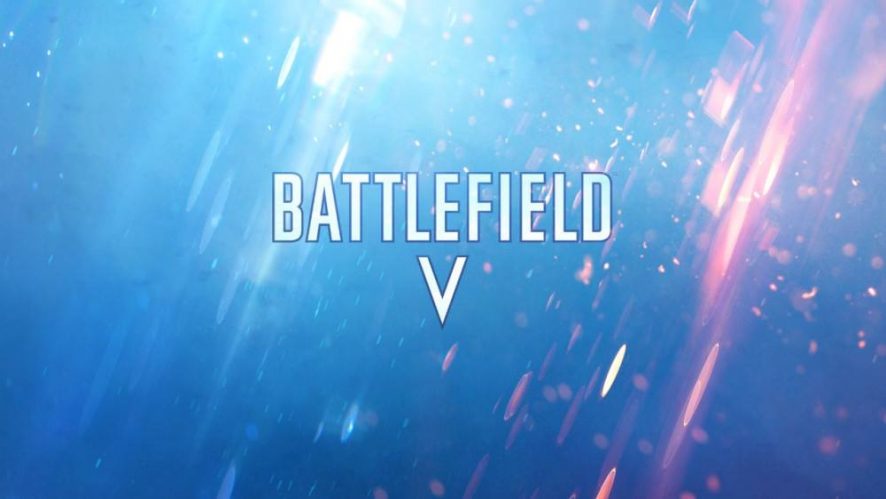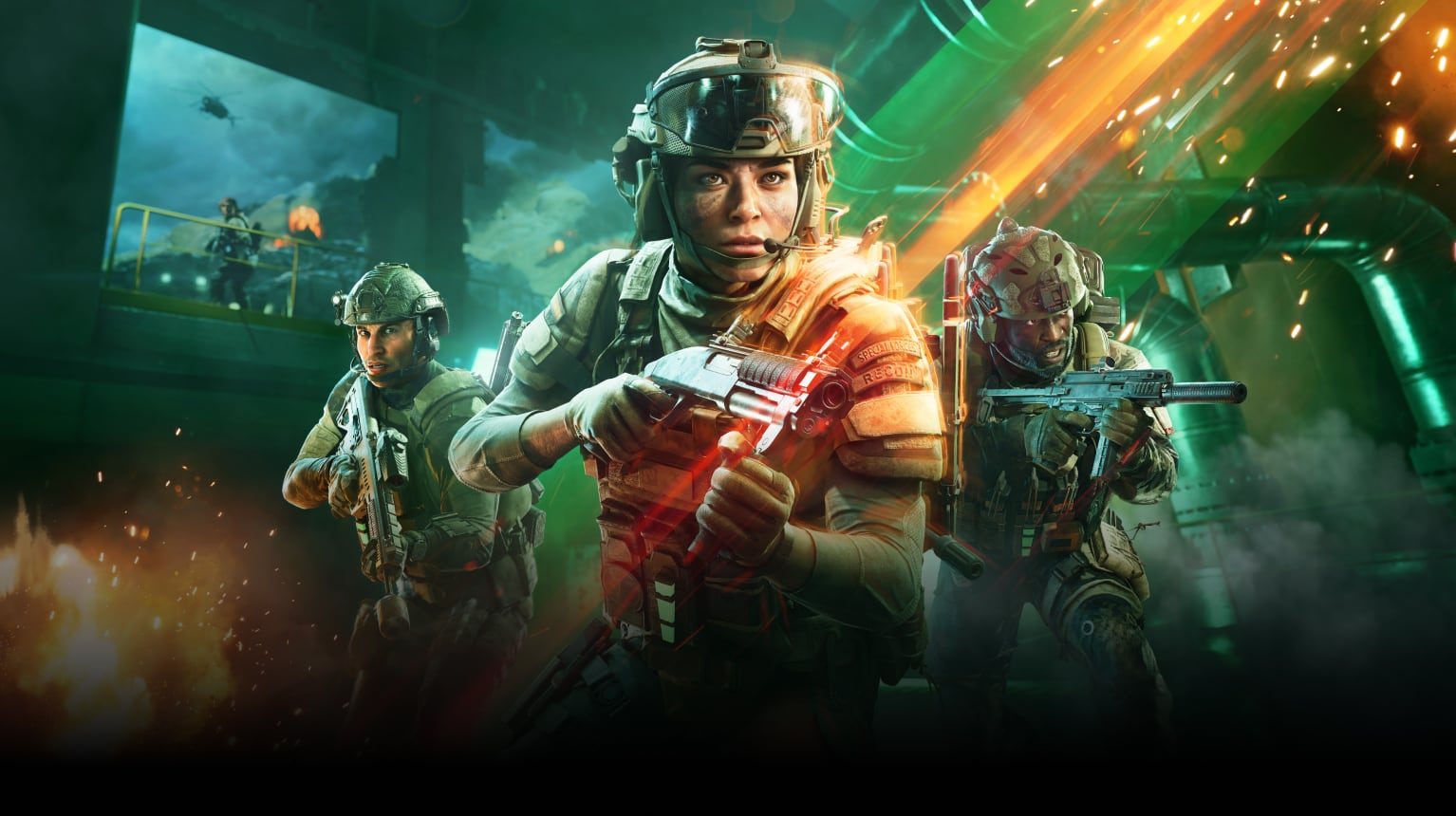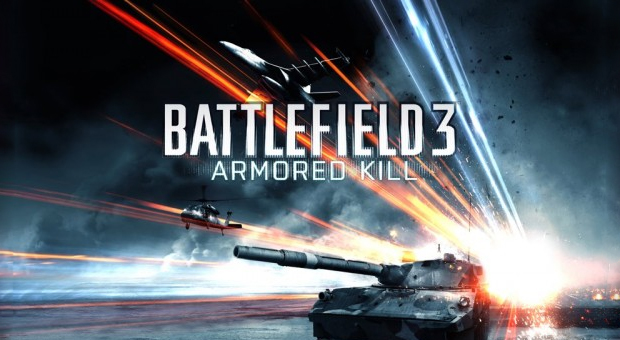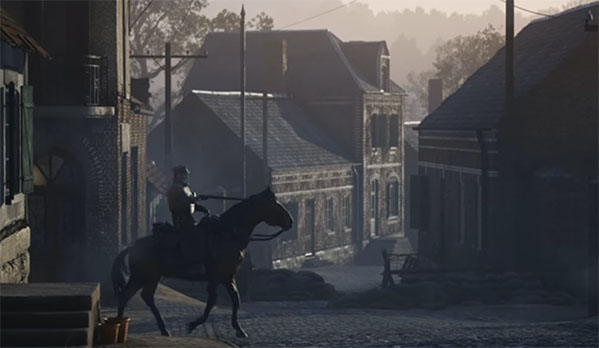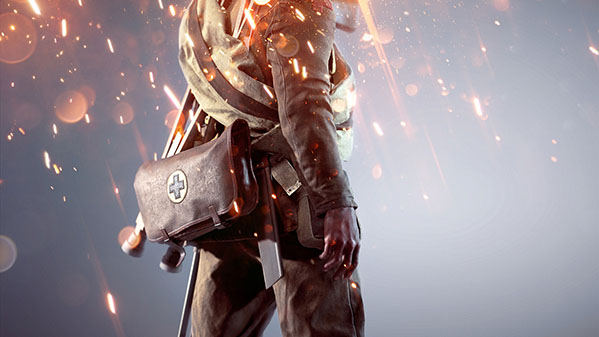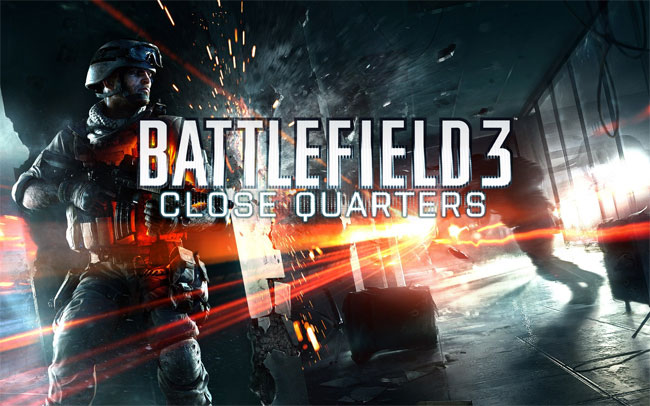
To ensure armchair soldiers keep fighting the endless digital war throughout the coming years, DICE and EA intend to augment the Battlefield 3 experience every three or so months with a new content packs. Of the five planned packs to be released by the middle of next year, two are available for purchase and download. The first was Back to Karkand, which aimed to replicate popular Battlefield 2 maps, vehicles and weapons within the Frostbite 2 engine and Battlefield 3 formula, coupling a familiar feeling with evolved technology and gameplay. The second, Close Quarters, is now available to non-premium owners on the PlayStation 3 (and later this month for PC and Xbox 360). And unlike Back to Karkand, the experience it offers is one distinctly different from the Battlefield 3 norm.
Take a trip back to Battlefield 3‘s release and folk might remember some negative buzz among series fans related to the collective of maps on offer. While maps like Caspian Border and Operation Firestorm did a tremendous job of capturing the authentic soldier, vehicle and wide open war-ground cocktail that Battlefieldfans knew and loved, maps like Damavand Peak and Operation Métro copped flack for their linearity and streamlined layout. Most seem to believe these maps were built to grant players an infantry focused alternative to the larger levels, but success of such endeavours is hard to truly judge when the most vocal players also happen to be the angriest. Whether the jury is in or out on those maps is unknown, but there’s no denying Close Quarters goes back to the drawing board for round two. Yes, this is infantry Battlefield, with smaller maps and no vehicles what-so-ever. But unlike the cynicism surrounding Métro and Peak, what DICE offers here is a formula that does a much better job of downscaling the massive Battlefield 3 conquest to smaller maps, without losing too much of what makes the mode so special.
The key to making this work comes down to two elements: level design and the new ‘Conquest Domination’ mode. The latter is easy to understand, as Conquest Domination functions almost identically to standard Conquest, but with one notable difference: you can no longer spawn on capture points. A simple change, yet a significant one, as the reliance on squad and random spawns prevents point spawn camping. The high speed at which points can be captured makes for a much faster capture/lose dynamic over the course of a match, not to mention a greater intensity when defending. Keeping your squad supplied with health and ammo, pinning down the enemy, and snapping up revivals is essential, as once squad leaders fall and your numbers thin the enemy will overwhelm and that’s that. Time to recapture.
As for level design, this is where Close Quarters notably succeeds over the linearity of maps like Métro. All of the four new maps are intricately structured with multiple halls, windows, balconies, tunnels and courtyards, careful consideration given to each capture point to ensure enemy attacks can come from a multitude of directions. At capture points camping is significantly difficult, many points allowing for sniper/assault support to lay down fire over distance, while two strike teams come through different routs. And it’s not just the capture points, as entire maps are built with multiple paths to ensure nowhere is truly safe.
Taking this a step further, Close Quarters introduces what DICE has billed as ‘high definition destruction’, which can be best described as taking the destruction engine popularised in Battlefield: Bad Company 2 and cracking it to 11. Bullet rounds and explosions will tear walls to shreds, chip edges off concrete, turn pillars to rubble, and ruin all the nice furniture and decor dressing up the maps. Firstly, it looks insanely gorgeous. This is as good as Frostbite 2, or Battlefield 3 for that matter, has ever looked, as the detail and particle effects generated from every crumbling piece of scenery is rendered in incredible detail. Secondly, and most importantly, it actually serves an important gameplay function. Like the interwoven layout of halls and rooms, the destruction engine allows gunfights to take place between separate rooms. Shoot through walls and obliterate enemy cover. Actually seeing this happen on the fly, in real time, steers the feature from a gimmick to a functional mechanic, as bits and pieces that could be used for cover wont last forever, and walled protection will, by the end of a match, be indistinguishable from Swiss cheese.
So, by and large, when it comes to pure infantry battles Close Quarters rights vanilla Battlefield 3‘s wrongs. Unfortunately it’s not all sunshine and lollipops. There’s a few niggles with the design of Close Quartersmaps. All four play well enough, but ‘well enough’ is entirely dependant on who you’re playing with and the server player count. Twenty four is the absolute maximum player count I could recommend for all four maps, sans for maybe Operation 925, and even that is pushing it. Due to the very small size and interwoven layouts anything more results in a hectic nightmare of spawn/die recycling and a chaotic absence of anything that could be considered teamwork. The maps simply aren’t designed to accommodate a lot of players, to the point where functionally broken annoyances, such as both yourself and an enemy spawning side by side, are commonplace when the player count is too high. And even with a small player count, the four maps are not completely equal in quality. Ziba Tower plays quite well, largely due to the tight design and highly destructive environment, but Donya Fortress at times feels like a map built to replicate a real world structure instead of a map that is supposed to play well. Meanwhile the dark corners and busy architecture of Scrapmetal can make spotting the enemy extremely difficult.
The other issue is simply the design of Close Quarters butting heads with Battlefield 3‘s core formula. Though DICE is intent on nailing infantry-only combat, Battlefield 3‘s foundations are that of open maps and vehicle combat. The shift in design skewers the usefulness of certain equipment and weapons over others. The faster capturing and intense battles make health and ammunition resupplies invaluable, as well as revives, giving the assault class an edge where other class equipment will falter. Tactical annoyances such as the flashlight and laser sight are increased tenfold due to map design focusing on interiors. Explosive happy gamers on servers with too many players turn each map into a minefield. Usefulness of weapon types is shaped to the map design. Why use a slow bolt loading rifle when opponents will be funnelled down corridors anyway?
Even though Close Quarters often works, and does so very well, the blemishes of trying to squeeze and inherently varied and multi-focused battle design into something far more specific start to show a bit faster than you might expect.
The four new maps and alternate battle design are the main draw cards of Close Quarters, but not all the expansion offers. On top of the above, ten new weapons make appearance, each unlockable via a handful of new assignments. Though I wasn’t able to unlock all of the weapons during my playtime, I did manage to unlock a few, and really it’s all business as usual. The M5K is a short range, bullet spitting SMG, while the L86A2 gives the support class an option for a more mobile, accurate machine gun at the expense of having a billion rounds per magazine. But of all I unlocked, the SPAS shotgun was without a doubt my favourite. This is a pump action cannon for your hands, and seems to deal a ludicrous amount of damage even with buckshots. Like most shotguns usefulness rapidly deteriorates over range, but the tight maps of Close Quarters meant I was often face-to-face with the enemy. With slugs instead of buckshots, an accurately aimed SPAS shot will often one-hit-kill. Incoming nerf? We’ll see.
Gun Master is the other addition to Close Quarters, a new mode not unlike popularised mods for Counter-Strike, that sees players earning kills with one weapon to rise through ranks and unlock others. First team to complete the last rank wins. As is, Gun Master is a niche yet enjoyable diversion to the main game, though not without design flaws of its own. For most part, each rank rewards the player with a weapon better than the last. There’s a couple of curve balls, including one kill with the knife to win the match, but rewarding the better players with even better guns generally makes for unbalanced play. Gun Master would probably work better the other way around, weapon usefulness lessening through the rank to demand ‘winning’ players make full use of their skills if they wish to reach victory. But it’s still fun, in its own way, even if it won’t steal too much attention from base game.
If you’ve come this far in the review and are still wondering “is Close Quarters for me?”, all you really need to think about is how much you like infantry combat in Battlefield 3. If you’re someone who adores a good gun-for-gun infantry battle, rushing through buildings and getting up close and personal with the enemy, then the answer is probably “yes”. If maps like Métro left you more disappointed with missed potential versus the shift in design itself, then you’ll find a lot to love in Close Quarters. It really is, with the right player count, infantryBattlefield 3 done right. Conquest Domination works exceptionally well, and the busy map layouts allow for a wide range of tactics, navigation opportunities and intense gunfights, each washing away the sour taste of linearity in favour of dynamic, layered design.
But end of the day, Battlefield 3 was designed as a Battlefield game, hence why maps like Caspian and Firestorm shine brightest. No matter how hard DICE tries to squeeze that design into an infantry experience there will always be a sense of ill-fitting, as if this is one game trying to be something it’s not. From time to time the design inconsistencies show, and if you’re one of those Battlefield fans that loathes the idea of tanks, jets and open fields being ripped from war zone, then maybe you’d best go back to Karkand.
Infantry Battlefield done right | Incredible destruction
Player count important | Design clashes

